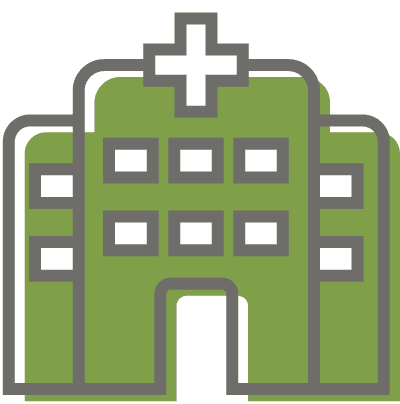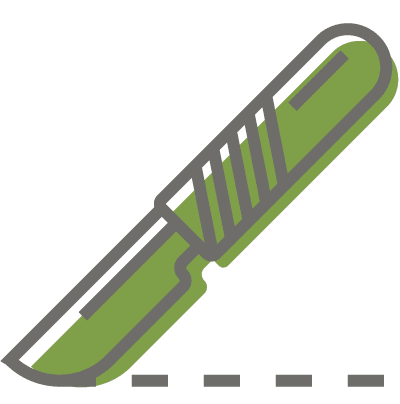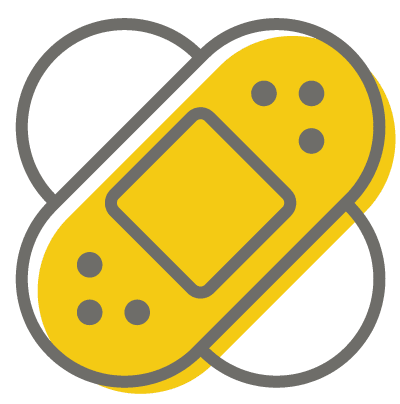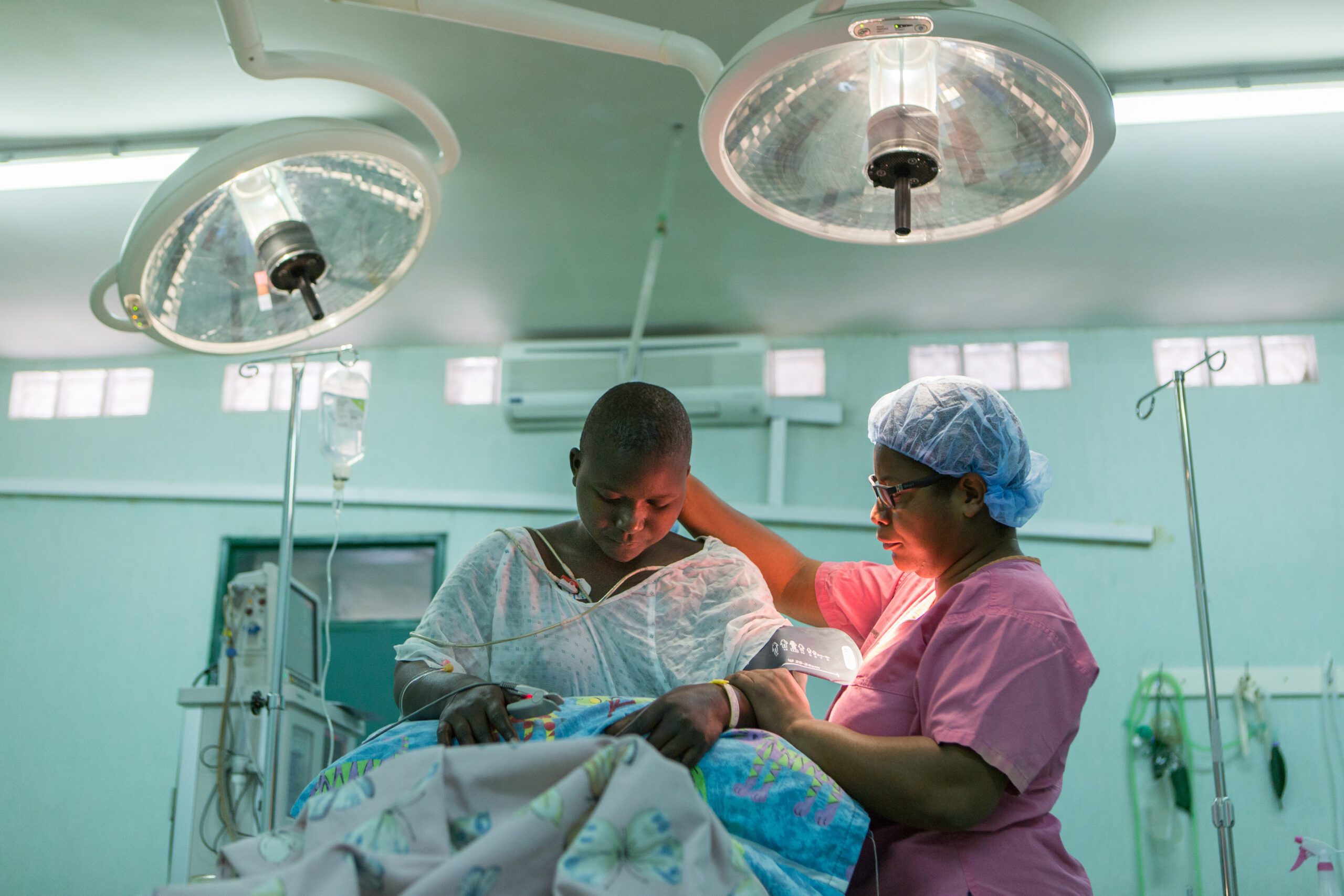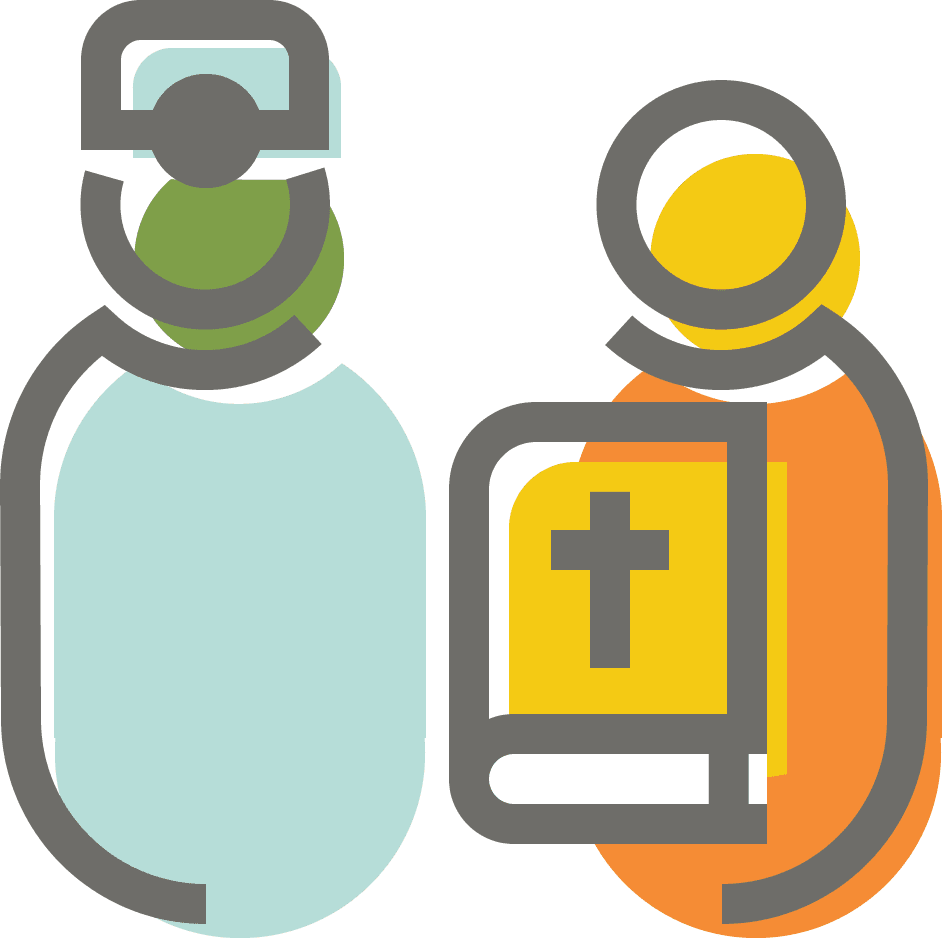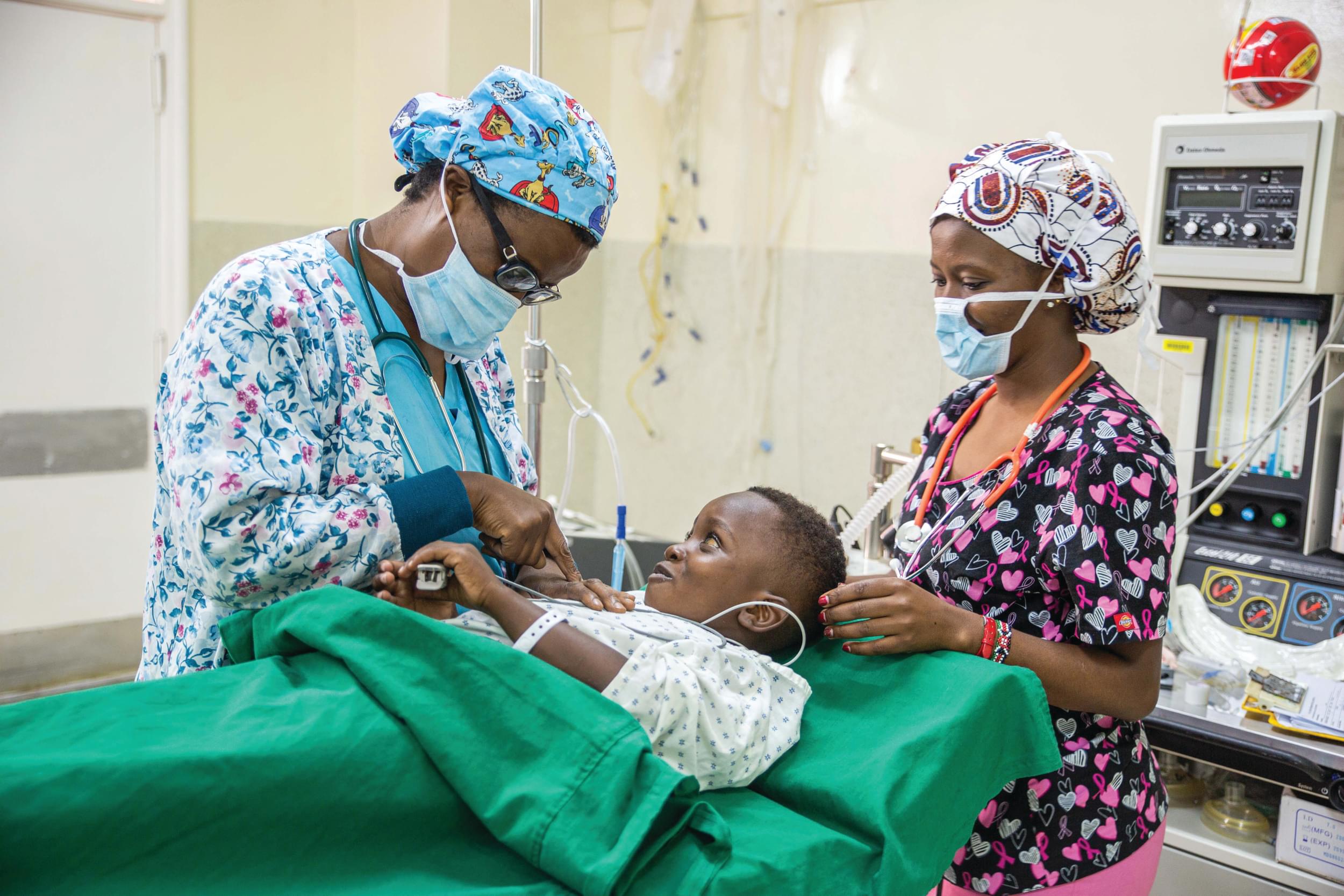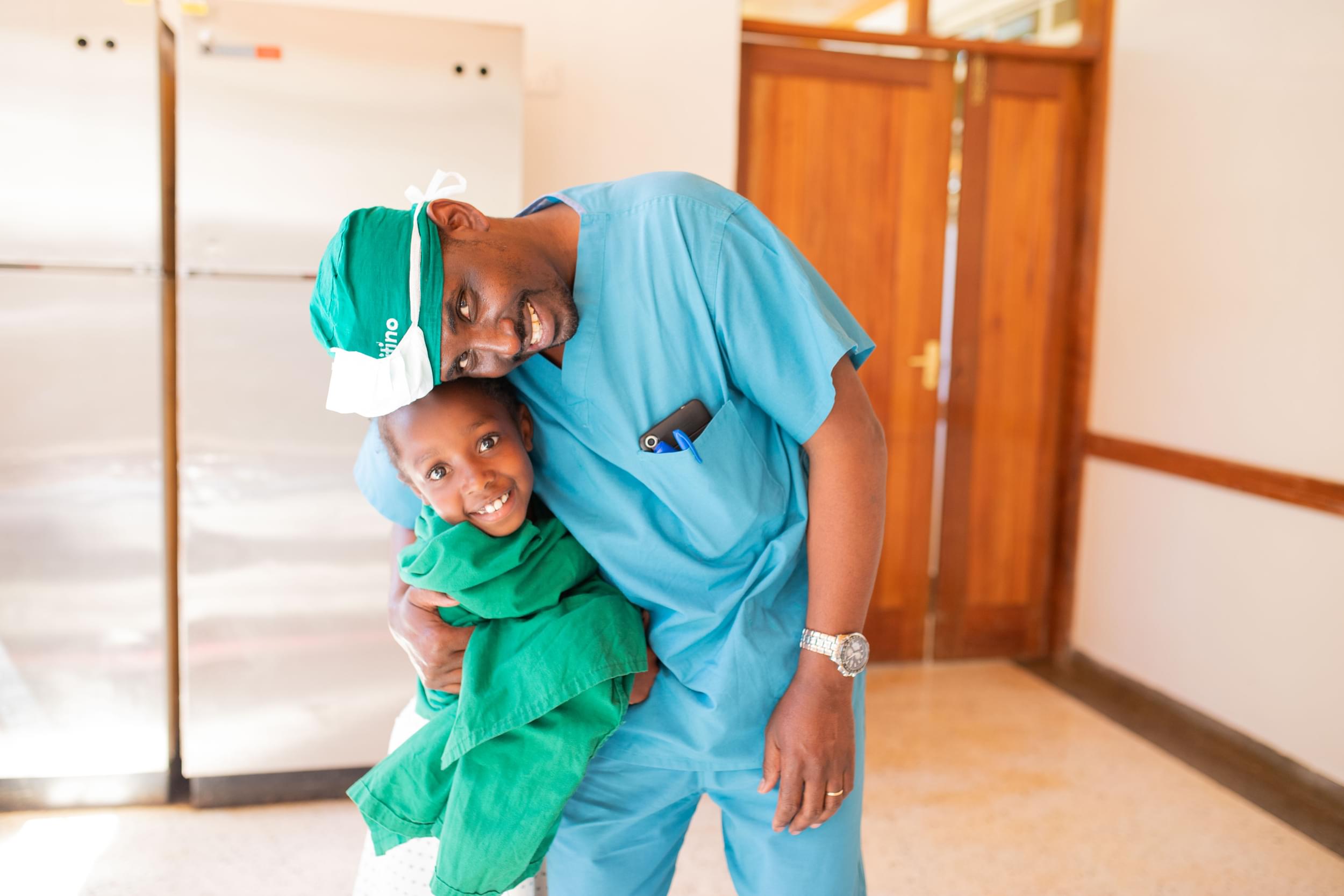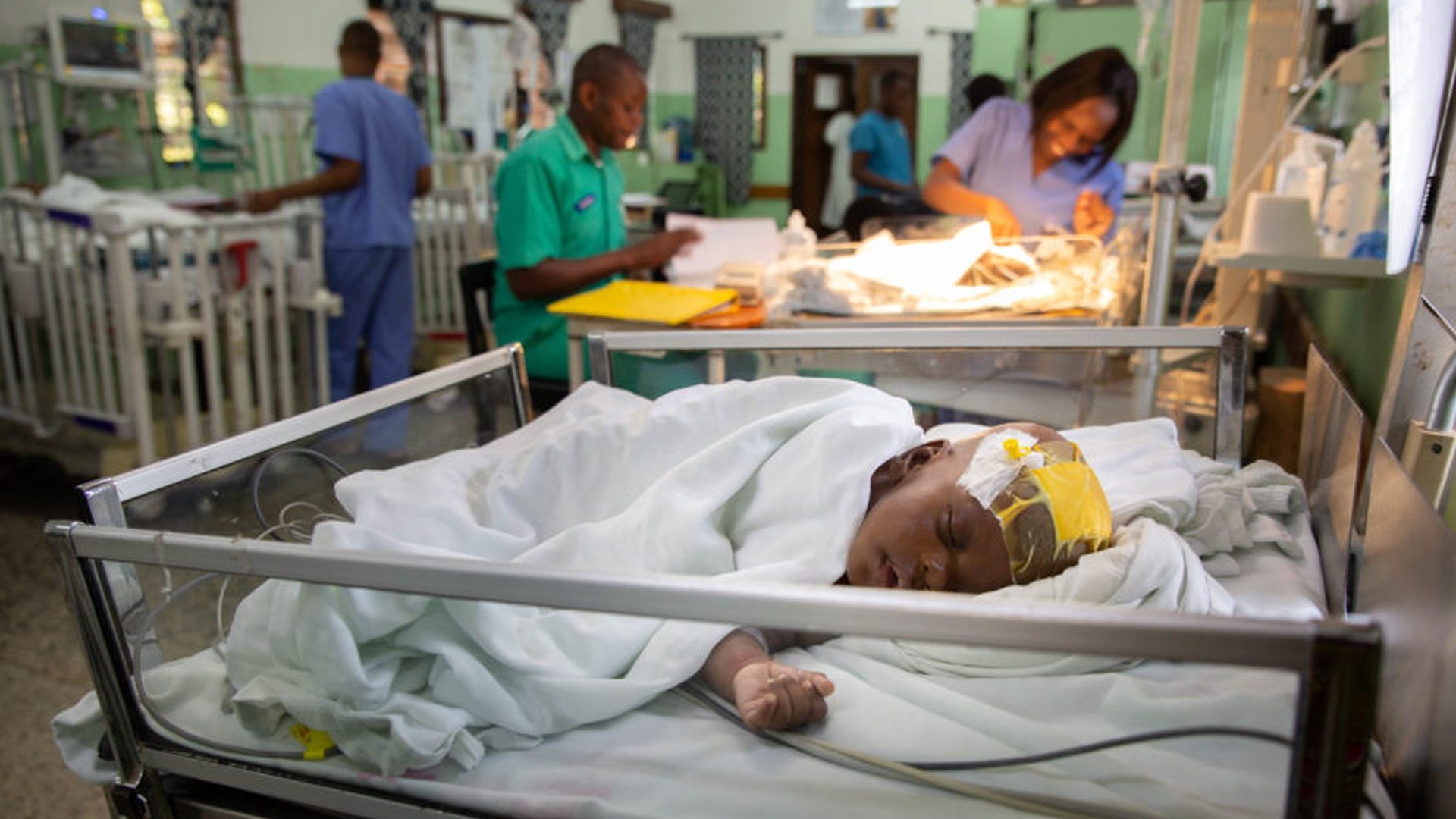Learning based segmentation of CT brain images: application to post-operative hydrocephalic scans
Abstract:
Objective: Hydrocephalus is a medical condition in which there is an abnormal accumulation of cerebrospinal fluid (CSF) in the brain. Segmentation of brain imagery into brain tissue and CSF [before and after surgery, i.e., preoperative (pre-op) versus postoperative (post-op)] plays a crucial role in evaluating surgical treatment. Segmentation of pre-op images is often a relatively straightforward problem and has been well researched. However, segmenting post-op computational tomographic (CT) scans becomes more challenging due to distorted anatomy and subdural hematoma collections pressing on the brain. Most intensity- and feature-based segmentation methods fail to separate subdurals from brain and CSF as subdural geometry varies greatly across different patients and their intensity varies with time. We combat this problem by a learning approach that treats segmentation as supervised classification at the pixel level, i.e., a training set of CT scans with labeled pixel identities is employed.
Methods: Our contributions include: 1) a dictionary learning framework that learns class (segment) specific dictionaries that can efficiently represent test samples from the same class while poorly represent corresponding samples from other classes; 2) quantification of associated computation and memory footprint; and 3) a customized training and test procedure for segmenting post-op hydrocephalic CT images.
Results: Experiments performed on infant CT brain images acquired from the CURE Children’s Hospital of Uganda reveal the success of our method against the state-of-the-art alternatives. We also demonstrate that the proposed algorithm is computationally less burdensome and exhibits a graceful degradation against a number of training samples, enhancing its deployment potential.
